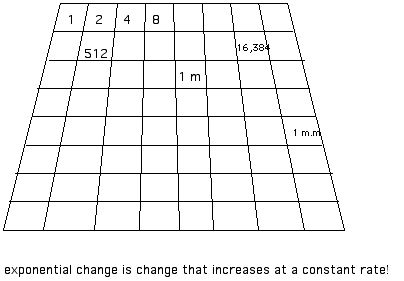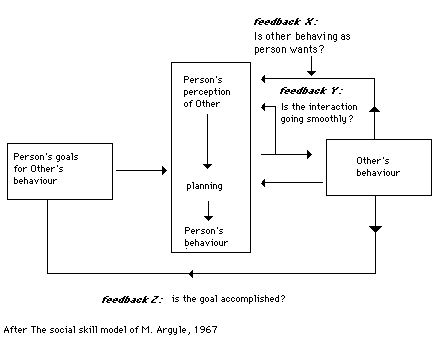Creativity in practice means dealing with change, it is a process (cf. tao). For a good process feedback is vitally important. There are two kinds of feedback: positive and negative. Positive feedback means that the process under way is considered to be going well and can therefore continue. Negative feedback means that corrections are introduced by means of stabilizing loops. These stabilizing loops of corrections are necessary to maintain a balance. For instance, the scenarios of the Club Of Rome gave a first step in this direction. Without stabilizing loops we witness exponential growth. The characteristics of this kind of change are beautifully illustrated in the story of an ancient Persian courtier who presented a chessboard to his king. The kind was so pleased with this new game that the courtier could ask what he wanted. As a reward he asked for 1 grain of rice for the 1st square on the board, 2 for the second, 4 for the third, and so on. The king readily agreed.

By the 64th square the entire rice supply was exhausted. This example shows the complexity of systems and the absence of negative feed; positive feedback causes escalation! (By the way in the inventive search is this exactly what is needed: Wild ideas to build on!! It is a different cup of tea in communication. )
In the process of creativity interpersonal communication plays an important and sometimes critical role. We can think here of the creativity to make others listen and making it worthwhile for them. Social skills may make people accept or reject an idea, not because of the idea but because of the way it is presented.
In 1967 Michael Argyle suggested that, like motor skills such as driving a car, social skills should similarly be regarded as organised goal-directed sequences of activity. And although it omits a number of aspects such as a common purpose it warrants attention to evaluate your behaviour in interaction.
Consider just two people's interaction (see figure below ). One Person wants the Other to behave in a certain manner. The Person may want the Other to accept his solution or agree with his arguments. According to his perceptions of the Other he develops a plan to achieve his objective.
Argyle's feedback model draws attention to different aspects of social relationships, and unless you are completely independent in pursuing your goals interacting with others requires much creative attention. (see also ripeness). He discusses 3 kinds of feedback: X, Y and Z. Argyle has laid considerable emphasis on the non-verbal, as opposed to the verbal, information, especially that information arising from the fact that the Other is visible to the person.
